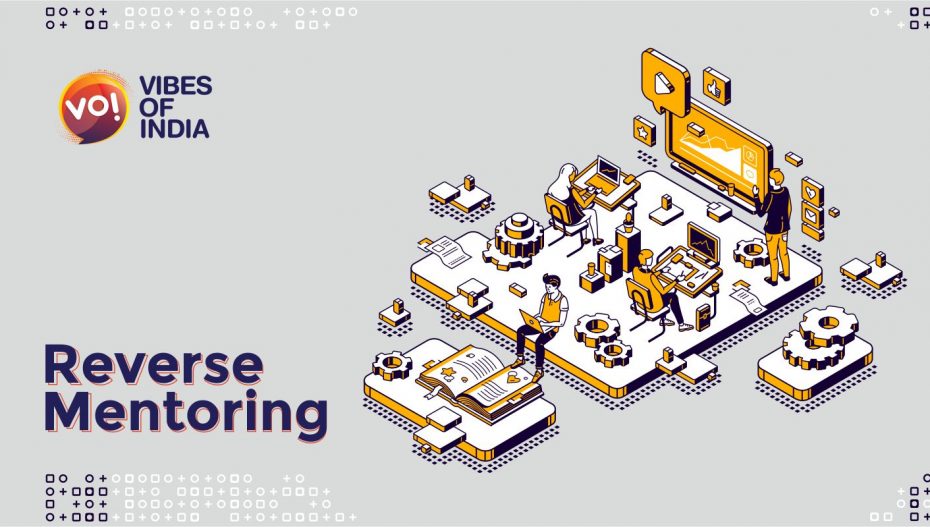In 1999, Jack Welch, CEO of General Electric (GE), ordered 500 top-level managers to reach out to
younger people in the company in order to learn how to use the internet. He himself roped in an
employee in her 20s to help him navigate the Web. Welch was a pioneer when it came to
management ideas and this was probably one of his best. Over the next decade, several other well-
known corporates like Cisco, Ernst & Young and Target introduced a similar program and it came to
be known as reverse mentoring.
In India, one of the early adopters was Bharti Airtel. I remember talking to the telecom company’s
Executive Director HR Krish Shankar (he’s now Group HR Head at Infosys) soon after the initiative
was launched. He was both the co-ordinator and a participant of the program and said, “Reverse
mentoring is particularly useful for technology companies. Telecom is a youth market but most of
our top guys don’t even know how young people use mobile telephony. They themselves don’t use
any of the apps.”
When Airtel launched its reverse mentoring program, its top management wasn’t even familiar with
Facebook. The app, along with a host of others, was banned in the workplace as a time waster.
Today, Facebook is considered fuddy-duddy and the new generation has moved to other apps like
Instagram.
Most top executives today know they need to keep up and they often turn to their kids for help. But
kids, or juniors in the organization, are not always willing to give them the time it requires. The
benefit of a formal reverse mentoring program is that it brings the process into the ambit of work
and performance evaluation.
Those selected to reverse mentor the top management are usually among the smartest and the
system helps in taking their career forward. It often turns into a two-way process as the senior
mentors the junior even as he or she is being reverse mentored. As a young manager with Airtel in
2012, Ashwin Srinivasan (he is now with Facebook) was responsible for reverse mentoring one of the
company directors. When I spoke to him, he said: “It gave me a special status in the organization. My
voice was being heard. And I learnt a lot from my interactions with the Director.”
The power of reverse mentoring (and mentoring) is such that it would be shame to limit it to
learning technology trends. HR departments are now using it as means to create a diversity culture
in the organization. After all, if you’re assigning a younger employee to reverse mentor an old gen
director, why not pick someone with a wholly different ethnic background so that the director may
hopefully shed some unconscious biases? Top-level executives tend to be from the majority
establishment (in the US, this would be a white, protestant, heterosexual male) and pairing them
with someone from a minority community can expand their horizons. Of course, such a pairing can
be risky and has to be voluntary for both participants. Both just need to be genuinely curious and
open to learning.












